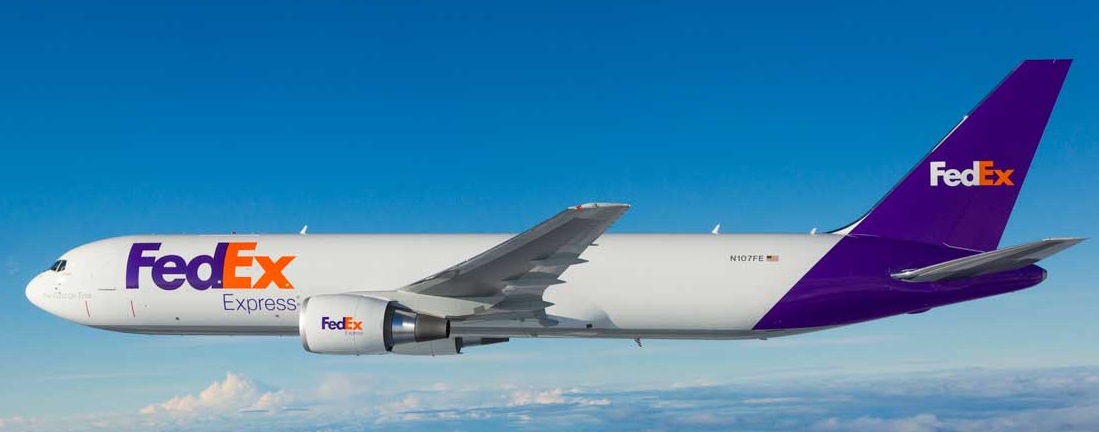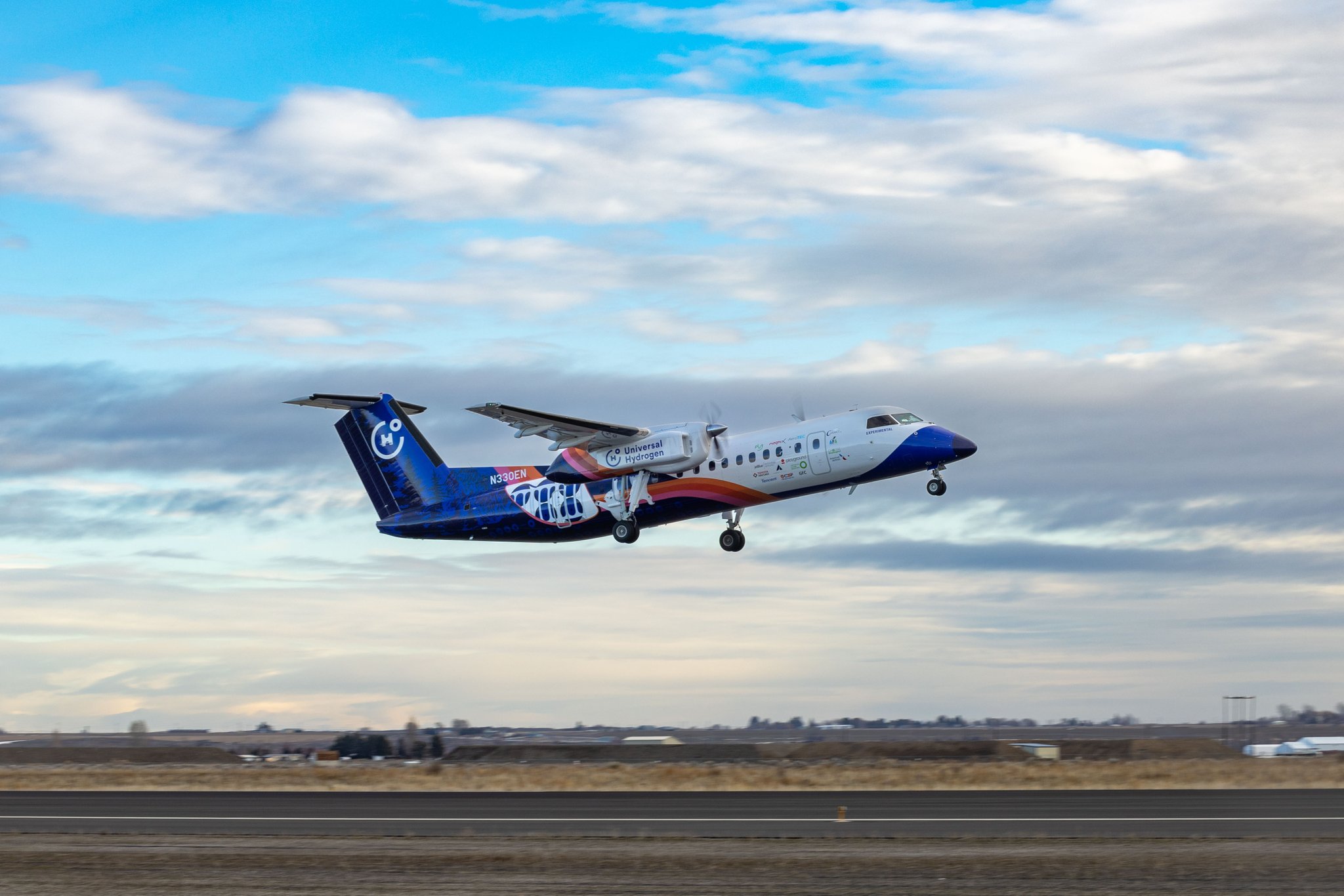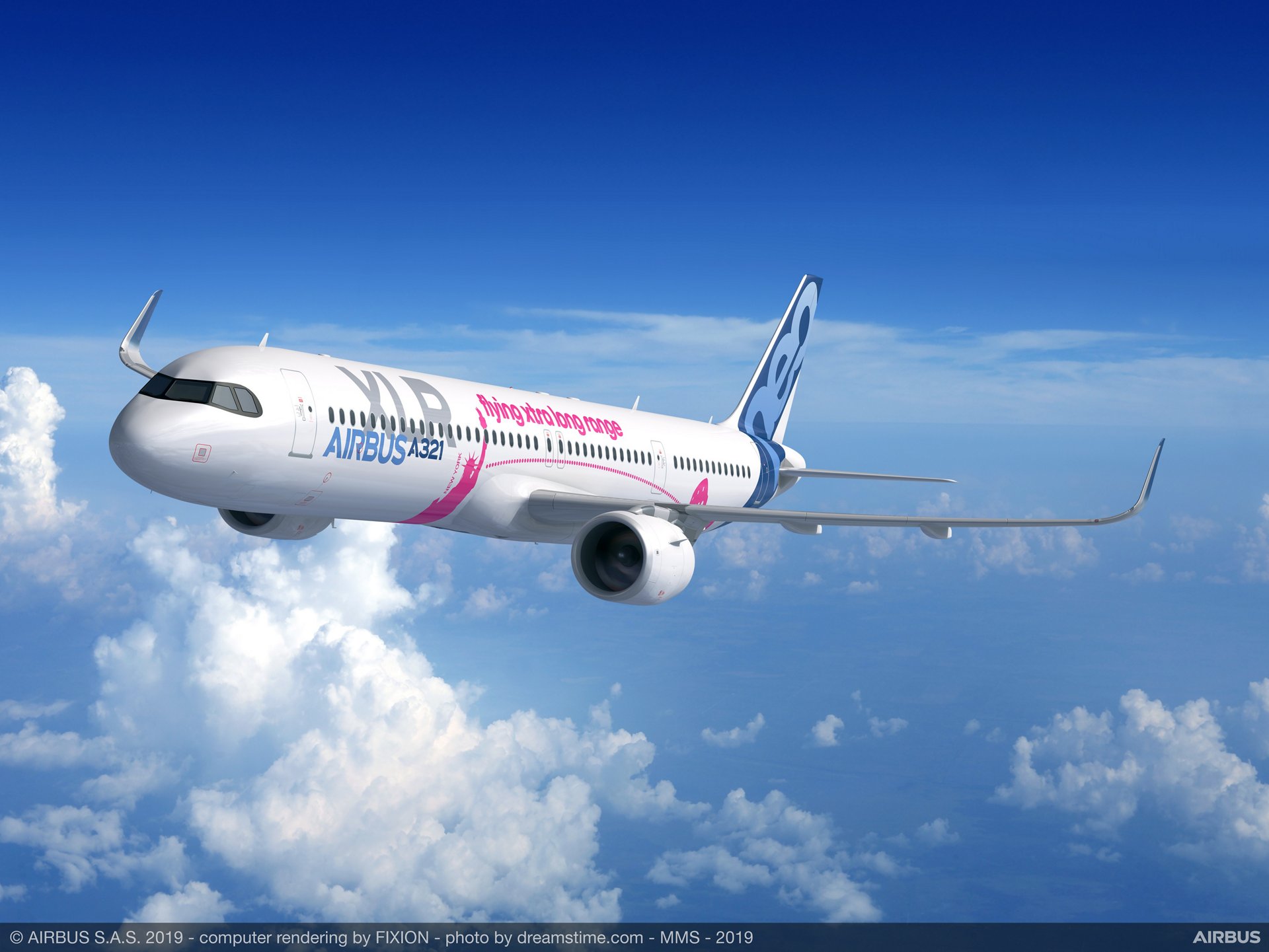Leeham News and Analysis
There's more to real news than a news release.
Embraer’s C-390 builds momentum; civilian freighter pondered
Subscription Required
By Scott Hamilton
Dec. 11, 2023, © Leeham News: Embraer’s flagship defense program, the KC/C-390 finally took off this year. Orders began rolling in, after a long drought and cancellations by the Brazilian government that cast doubt over the viability of the program. This month, an order for an undisclosed number of C-390s were announced with South Korea. Embraer is in contention for an order for around 80 transports from India.
Brazil, Portugal, Hungary, the Netherlands, Austria, and the Czech Republic have ordered the C-390. Some are in NATO configuration.
The C-390 Millenium also comes in a tanker version, the KC-390, The twin-jet is about the size of a Boeing 737 dimensionally and a fuselage cross-width about the diameter of a Boeing 767. It is the Brazilian company’s largest aircraft. Its closest competitor is the Lockheed Martin C-130J.
The C-390 and the single-engine propeller trainer, the Super Tucano, are the defense unit’s to leading programs. In a media briefing last month, Bosco da Costa Jr, President, and CEO of Embraer Defense & Security, said the company developed more than 20 models of various types since Embraer was formed 54 years ago.
In 2017, Embraer and Boeing proposed a joint venture by which Embraer Commercial Aircraft (ECA) would divest from the Group into Boeing Brasil. Boeing would own 80% of the JV and Embraer would own 20%. A JV for the KC-390, with a 51%-49% in favor of Embraer would provide EMB with Boeing’s marketing heft to market the then-stalled sales of the tanker-transport. Both JVs were terminated by Boeing in April 2020 before the combination could be consummated. Since then, Embraer agreed with US defense contractor L3 Harris to help market the airplane.
Re-engining the Boeing 767
Subscription required
By Bjorn Fehrm
December 7, 2023, © Leeham News: We wrote last week that Boeing is considering re-engining the 767 to avoid a production stop after 2027. The 767 is still an interesting aircraft for companies flying cargo and for the US Air Force, which is taking delivery of the tanker version KC-46A for years to come.
The problem is that all the 767 versions are using engines from the 1970s (GE CF6, PW4000, RB211), and as the FAA has accepted the ICAO emission rules from 2017, the production of the 767 with these engines has to stop after 2027. As reported last week, Beoing is looking at re-engining the 767 to avoid a production stop.
We use our Aircraft Performance and Cost Model (APCM) to look at the different possible configurations with new engines and model their performance data and operating economics.
Summary:
- The Boeing 767 needs new engines if it shall be produced after 2027.
- While the engine candidate is clear, the rest of a re-engined 767 can be configured in several ways. We look at what different configurations bring in operational performance.
Airbus: Global services sector to double by 2042
Subscription Required
By Gordon Smith
 December 4, 2023, © Leeham News: If the last decade taught us anything, it’s just how challenging it is to make accurate forecasts. While this is true of almost all industries, few are as difficult to predict as aerospace. It can feel like a feat to quantify the immense number of variables involved, never mind establishing what they actually mean.
December 4, 2023, © Leeham News: If the last decade taught us anything, it’s just how challenging it is to make accurate forecasts. While this is true of almost all industries, few are as difficult to predict as aerospace. It can feel like a feat to quantify the immense number of variables involved, never mind establishing what they actually mean.
So credit where it is due to Airbus, which has published its latest Global Services Forecast (GSF) for the coming two decades.
The headlines are eye-catching. The European firm believes the value of the commercial aircraft services market will double by 2042 to $255bn. Driven by soaring traffic demand and technological developments, the sector will require millions more staff than it has today and thousands of new aircraft.
Summary
- The services market is supporting more than 24,000 aircraft globally this year, valued at approximately $130bn – up 46% on 2022 as the post-pandemic recovery reaches a crescendo
- This figure is due to reach $180bn by 2030 and $255bn by 2042, representing a compounded annual growth rate of 3.6%
- Aircraft maintenance will comprise 80% of the market by 2042, valued at $210bn, with ‘aircraft enhancement’ estimated at $28bn, and training and operations generating $17bn
- Connected aircraft is a key trend, with Airbus forecasting that more than 44,000 airplanes will form part of a ‘connectivity ecosystem’ by 2042, with significant passenger benefits and operational efficiencies
Harvest season at Embraer
Subscription Required
By Scott Hamilton
Dec. 4, 2023, © Leeham News: Embraer had a tough time beginning in 2017. A joint venture with Boeing was proposed following the Airbus acquisition of the Bombardier C Series program. The latter sent flares overhead with the expectation that Embraer could not compete against the rival C Series now that Airbus’ marketing would be in control.
A proposed turboprop program was struggling to close the business case. There were no advanced engines to power the model. The market was forecast to be a mere 2,100 airplanes over 20 years. The only remaining turboprop manufacturer outside China and Russia was ATR, which is 50% owned by Airbus. Airbus could crush any new entry from Embraer, should it choose. The E175-E2 was too heavy to comply with the US union contract Scope Clause, effectively killing this model. Without the E175-E2, the world’s biggest market for the E2 was closed to Embraer.
The JV held big promise for Embraer. The E-Jet E2 program engineering was largely done and the engineers needed work. Under the terms of the proposed JV, Embraer would participate in the development of Boeing’s proposed New Midmarket Airplane (NMA). Engineering and production were elements of the work package.
Additionally, Embraer would be responsible for developing a new 100-150 seat airplane for Boeing.
But the March 2019 grounding of the Boeing 737 MAX killed the NMA in January 2020, when David Calhoun became CEO. The COVID-19 pandemic cratered demand for all airplane types (including Embraer’s). In April 2020, Calhoun withdrew from the JV. Boeing claimed Embraer failed to meet all terms and conditions. Embraer denied this and the matter is in arbitration now. A decision is expected in the first half of 2024.
Today, Embraer is roaring back.
The Exception to the Green Propulsion Rule
Subscription required
By Bjorn Fehrm
November 30, 2023, © Leeham News: The interest in Green alternative propulsion for airliners started in earnest at Farnborough Air Show 2014, where Airbus flew the E-Fan battery-electric aircraft. What followed was a dense stream of alternative propulsion airliner projects.
They all have in common that nothing much has come out of them. We have a Pipistrel two-seat trainer that can fly for 50 minutes on batteries, but not much else. More elaborate projects have wide slips in their plans, and nine years later, we lack real prototypes for all projects.
We have functional models flying for nine-seat hybrids and 19/30-seat hydrogen fuel cell aircraft that swap one engine for a Green alternative. Of the latter, there is one project that stands out from the rest. It has shown real progress over the last years and has realistic plans for a 55-seat hydrogen airliner that can be operational in three to four years.
We will analyze why the Universal Hydrogen ATR fuel cell project is the exception to the “Green Propulsion Rule,” that nothing comes out of all plans, and why it could be the first Green Propulsion airliner, ending a 10-year draught.
Summary:
- A Green Propulsion project means the airliner does not use hydrocarbon-burning (Kerosene or SAF) gas turbines.
- The project that breaks the rule that nothing seems to reach practical use this side of 2030 is the Universal Hydrogen ATR project.
Rolls-Royce sets out ambitious vision to future-proof its business
Subscription Required
By Gordon Smith
 November 29, 2023, © Leeham News: Rolls-Royce’s (RR) capital markets day presented a business that has bookended 2023 with two very different narratives. The November 28 event heralded targets such as a quadrupling of operating profit within five years, delivered via a bullish new growth strategy and re-energized vision for the future. How different things felt just 11 months earlier.
November 29, 2023, © Leeham News: Rolls-Royce’s (RR) capital markets day presented a business that has bookended 2023 with two very different narratives. The November 28 event heralded targets such as a quadrupling of operating profit within five years, delivered via a bullish new growth strategy and re-energized vision for the future. How different things felt just 11 months earlier.
In January, new chief executive Tufan Erginbilgic adopted something of a shock-and awe approach, describing the company’s position in terms so blunt that it made even the most experienced market watchers blush.
Picking up the baton from Warren East – who had led the business for eight years – Erginbilgic’s comments went beyond the conventional candor of an incoming exec and spooked many. The new boss labeled the British firm a “burning platform” and described Rolls’ status quo as “unsustainable”.
Despite efficiency drives instigated by his predecessor, Erginbilgic’s message was clear; 2023 represented a “last chance” to change. Needless to say, there was a particularly high degree of expectation behind Rolls’ flagship investor event, his first as CEO.
Preview of Rolls-Royce Capital Markets Day
Subscription Required
By Scott Hamilton
 Nov. 27, 2023, © Leeham News: Rolls-Royce’s Capital Market Day is tomorrow. “Our multi-year transformation programme will deliver a high-performing, competitive, resilient, and growing business. Join us to find out how we are going to do it and what a stronger Rolls-Royce will mean for all our stakeholders,” the company says on its website.
Nov. 27, 2023, © Leeham News: Rolls-Royce’s Capital Market Day is tomorrow. “Our multi-year transformation programme will deliver a high-performing, competitive, resilient, and growing business. Join us to find out how we are going to do it and what a stronger Rolls-Royce will mean for all our stakeholders,” the company says on its website.
“Our multi-year transformation programme has started well with progress already evident in our strong initial results and increased full-year guidance for 2023. There is much more to do to deliver better performance and to transform Rolls-Royce into a high-performing, competitive, resilient, and growing business. We will share the outcome of our strategy review along with medium-term goals for the Group in November,” said CEO Tufan Erginbilgic on its website.
It has some other questions to answer, too.
An order for Airbus A350-1000s was expected to be announced at the Dubai Air Show by Emirates Airline. Another order, for a combination of A350-900s, -1000s, and A320neo, was expected from Turkish Airlines. Neither materialized—and, LNA is told, issues with the Trent XWB 97 were one reason.
Further developments of the A321, Part 6
Subscription required
By Bjorn Fehrm
November 23, 2023, © Leeham News: We do an article series about what can be the subsequent development for Airbus’ most popular aircraft, the A321neo. We looked at different changes to the aircraft in previous articles and the economics in short haul configuration. Now, we compare the capacity and economics of the different variants when configured for long-haul missions.
We use our Airliner Performance and Cost Model (APCM) to look at passenger capacity, seat-mile costs, and range.
- A stretched A321 is limited as a long-haul aircraft, as it needs additional fuel and additional takeoff weight to carry the fuel.
- Long-haul variants of a stretched A321 will need the XLR center tank or the new, larger wing of an A32x to extend the range to long-haul values.
Boeing beats Airbus in order tallies at Dubai Airshow thanks to widebody jetliner demand
By Dan Catchpole
Subscription Required
Nov. 20, 2023 © Leeham News: Boeing dominated the Dubai Airshow, racking up 313 orders—232 firm and 81 non-firm. Meanwhile, Airbus garnered only 86 orders, as of Friday, the last day of the biennial airshow.
It was the first time that American aerospace giant has beaten its European competitor at Dubai since 2017. Heavy demand for twin-aisle aircraft helped Boeing land more orders.
A much anticipated mega order by Turkish Airlines for Airbus jetliners didn’t materialize. However, both entities said they plan to announce a significant order in the future.
Summary
- Widebody orders lead narrowbody orders
- Resurgent international travel demand drive order split
- Performance problems soften demand for Airbus A350
Airbus eyes carbon capture to broaden its eco arsenal
Subscription Required
By Gordon Smith
 November 20, 2023, © Leeham News: Airbus’ flagship decarbonization initiative appears to be gaining momentum. The European OEM is betting big on Direct Air Carbon Capture and Storage (DAC) next-generation facilities that remove CO2 directly from the air to compensate for emissions produced by airline operations.
November 20, 2023, © Leeham News: Airbus’ flagship decarbonization initiative appears to be gaining momentum. The European OEM is betting big on Direct Air Carbon Capture and Storage (DAC) next-generation facilities that remove CO2 directly from the air to compensate for emissions produced by airline operations.
Airbus has described the technology as a “key bastion in the fight against climate change and the world’s transition to a net-zero energy system”. It has partnered with 1PointFive – a US partner of Canadian firm Carbon Engineering – to bring the innovative system to the aviation sector.
Last month, easyJet became the first airline to ink a deal with Airbus for the decarbonisation initiative. The OEM is offering carriers ‘carbon removal credits’ as part of a broader deal with 1PointFive. Read more







